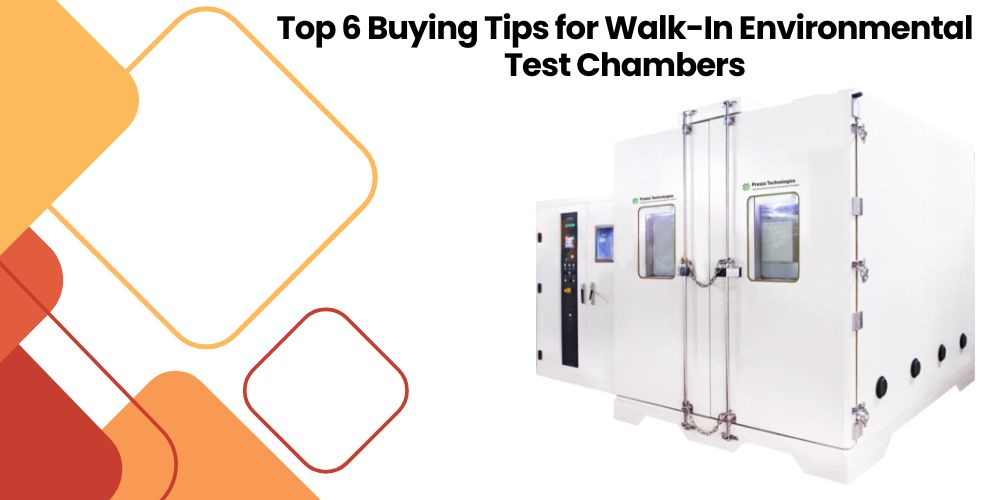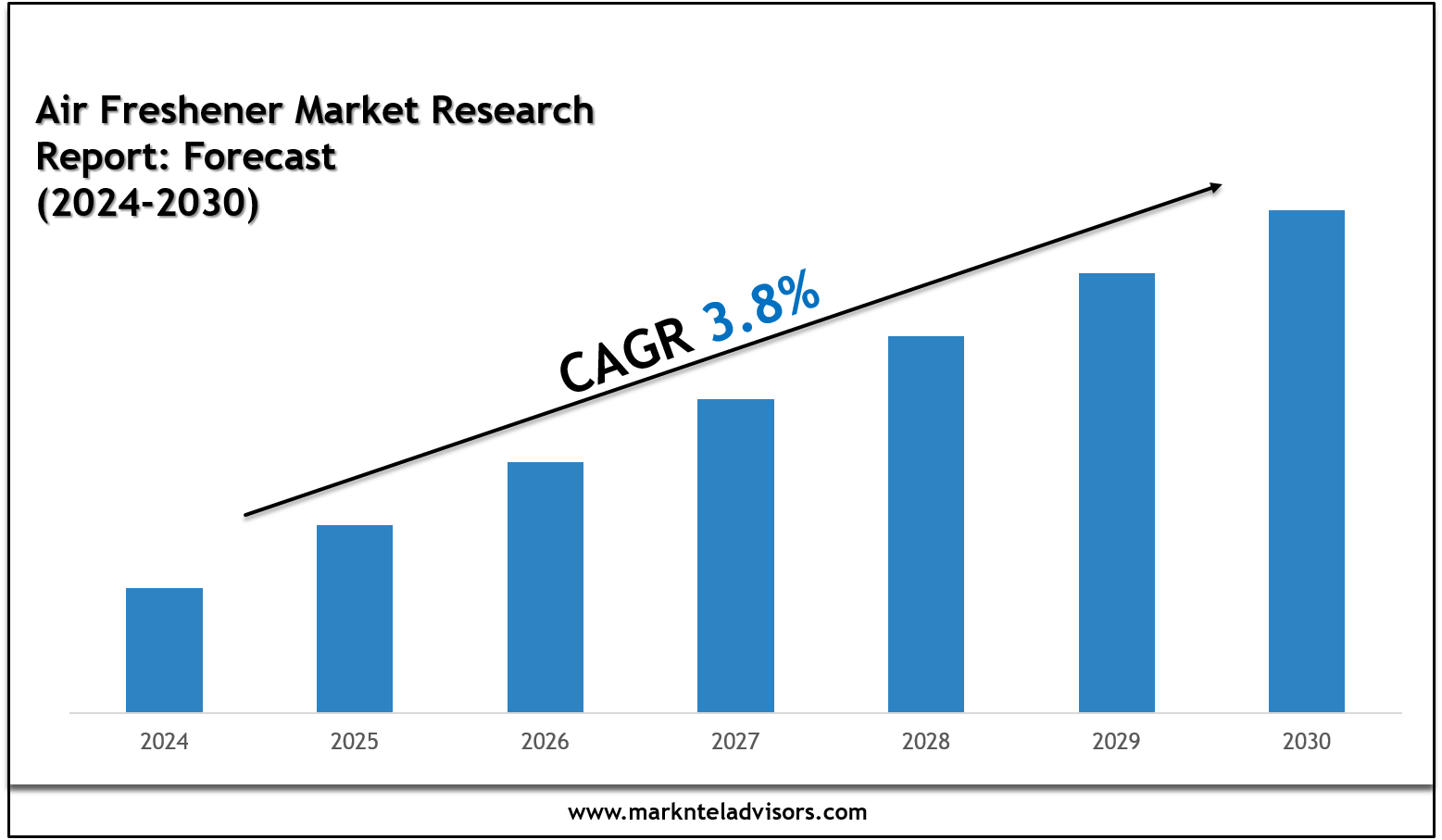
A walk-in environmental test chamber plays a pivotal role in simulating real-world environmental conditions such as temperature fluctuations, humidity changes, and thermal shocks. These chambers allow engineers and researchers to evaluate product durability and performance under controlled stress conditions
However, choosing the appropriate walk-in environmental test chamber can be challenging, especially when considering factors like size, features, and environmental test chamber price. Understanding these key elements ensures that your investment provides long-term value, reliability, and accurate testing outcomes, ultimately supporting quality assurance and compliance standards in your organization.
Tips to Choose the Walk-In Environmental Test Chamber
Before making a purchase, it is essential to understand the main factors that influence the selection of a walk-in environmental test chamber. This section highlights aspects such as chamber size, control systems, energy efficiency, and overall cost. Each of these factors can significantly impact the effectiveness of testing and your overall budget.
Evaluate Chamber Size and Configuration
The size of the walk-in environmental test chamber should align with the type and volume of products you plan to test. Larger chambers provide flexibility for testing multiple items simultaneously, but they also require more energy and space. Consider the ceiling height, floor area, and internal layout to ensure it can accommodate your current and future testing needs. Selecting the right configuration prevents unnecessary modifications and allows for seamless testing operations over the long term.
Assess Temperature and Humidity Control
Accurate temperature and humidity control is essential for producing reliable test results. Look for chambers that offer a wide range of temperature and humidity settings to replicate diverse environmental conditions. Advanced control systems with precise sensors and programmable settings improve repeatability and consistency in tests. This capability is particularly important for industries like electronics, pharmaceuticals, and automotive components, where even minor variations in testing conditions can affect product quality.
Review Energy Efficiency and Operating Costs
Energy consumption is a critical consideration when evaluating a walk-in environmental test chamber. Chambers with efficient insulation, refrigeration systems, and power management controls help reduce operating costs over time. While the initial environmental test chamber price may seem higher for energy-efficient models, the long-term savings on electricity and maintenance often outweigh the upfront investment. Choosing a cost-effective chamber ensures sustainable operation without compromising performance.
Check Compliance and Safety Features
Safety and regulatory compliance are non-negotiable when selecting a walk-in environmental test chamber. Ensure the equipment meets relevant industry standards, such as ISO or ASTM, for environmental testing. Safety features like emergency shut-off switches, alarm systems, and proper ventilation are crucial for protecting both personnel and the products under test. A compliant chamber not only ensures safe operation but also strengthens the credibility and accuracy of your testing results.
Consider Maintenance and Support Services
Regular maintenance is essential to extend the lifespan and reliability of a walk-in environmental test chamber. Evaluate the availability of technical support, service contracts, and spare parts from the manufacturer or supplier. Chambers with accessible service options reduce downtime and prevent costly repairs, allowing uninterrupted testing operations. Prioritize vendors that offer comprehensive training and support, which helps your team operate the chamber efficiently and troubleshoot issues quickly.
Compare Environmental Test Chamber Price and Features
Understanding the environmental test chamber price in relation to its features is key to making a smart investment. While budget constraints are important, the lowest-priced options may lack critical capabilities or durability. Compare different models based on performance, control accuracy, and additional features such as programmable testing cycles or remote monitoring. This approach ensures you select a chamber that balances cost with functionality, providing long-term value for your testing requirements.
Conclusion
Investing in a walk-in environmental test chamber transforms the way organizations conduct product testing, offering the ability to replicate real-world conditions reliably and efficiently. By carefully evaluating chamber size, control precision, energy efficiency, safety measures, maintenance requirements, and price, you can select a chamber that meets both current and future testing demands. A well-chosen chamber enhances product reliability, supports compliance standards, and provides a cost-effective solution for rigorous environmental testing.


